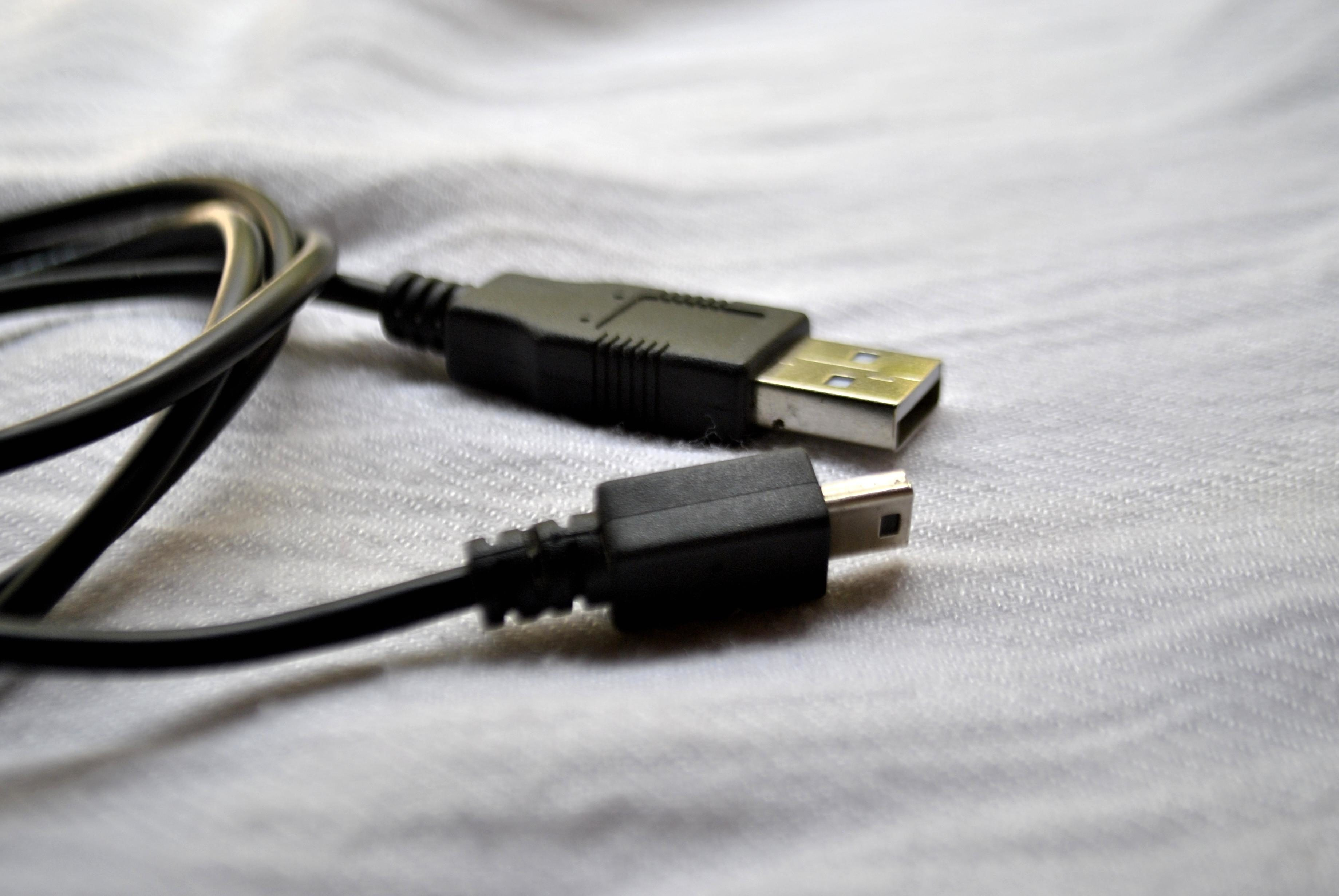Q&A: What limitations exist when choosing a USB sensor solution?

Q: Is there a standard to ensure the quality of USB instruments?
A: Yes. It is worthwhile to inquire with the manufacturer if their instruments adhere to a specific standard. This standard includes bidirectional communication standards, the materials used for the wires, voltage requirements for connectors, and more. Additionally, the standard specifies that the maximum communication distance (wire length) is 5 meters. It also outlines how an instrument should react to an error, a feature integrated into the microprocessor.
Note: Signal amplifiers or repeaters are available to extend the communication distance. However, this method is not recommended by the USB standard.
Q: What is the most significant limitation of a USB solution?
A: One should be cautious with the wire. Depending on the material, conditions must be met (temperature, chemicals, mechanical pressure) to ensure the cables remain in good condition. It is essential to keep a precision instrument from hanging by the wire.
Furthermore, depending on the material covering the wire, it is crucial to adhere to the recommended operating temperature to preserve the wire. According to the USB standard, a USB wire is covered with PVC (polyvinyl chloride). This material can withstand usage between -20°C and 60°C, but the wire should not be subjected to mechanical stress as the temperature approaches the extremes. It should not move or be bent, especially.
Q: What happens if the USB wire becomes disconnected?
A: The answer to this question depends on when and how the data is transmitted. If the data is being directly communicated to an interface, disconnecting the device will naturally halt the data collection until the instrument is reconnected without losing previous data.
Note: The USB ports may have an industrial-type resistance, meaning the force required to connect or disconnect the wire is higher than the standard USB requirement.
Q: How can I ensure the cybersecurity of a USB instrument?
A: You can ask the manufacturer about the origin of the components and firmware programming. Ensure that subcontracting is not involved.